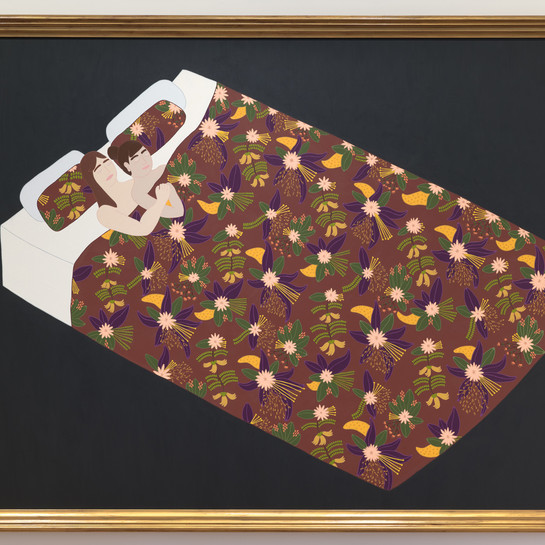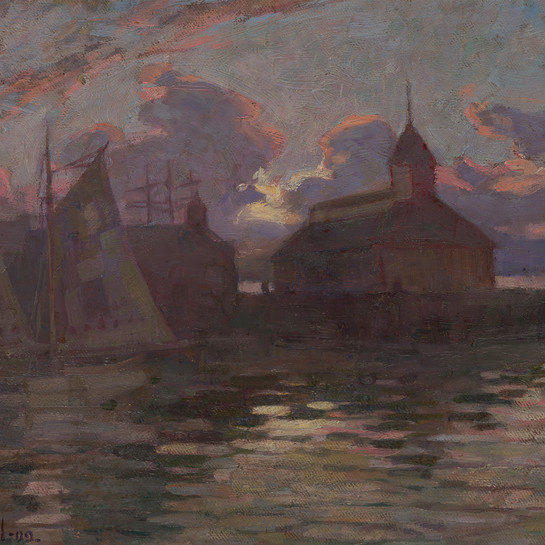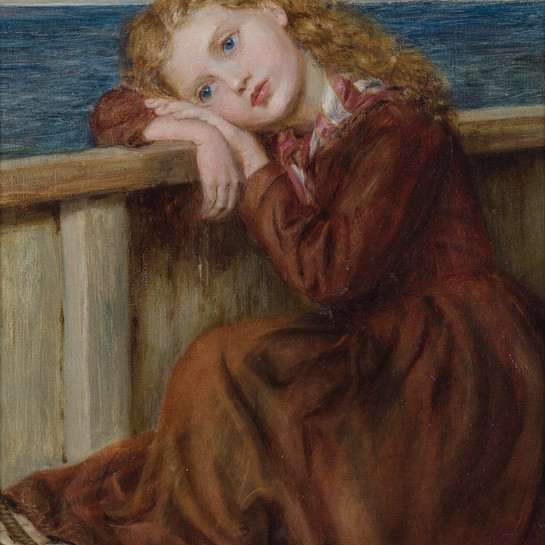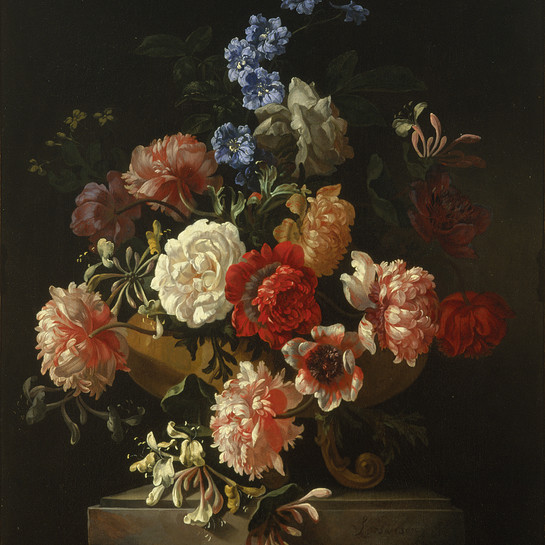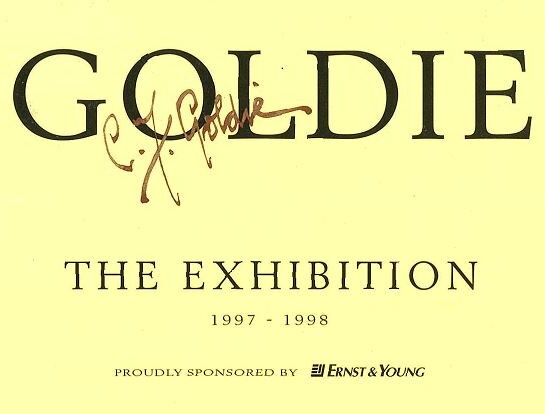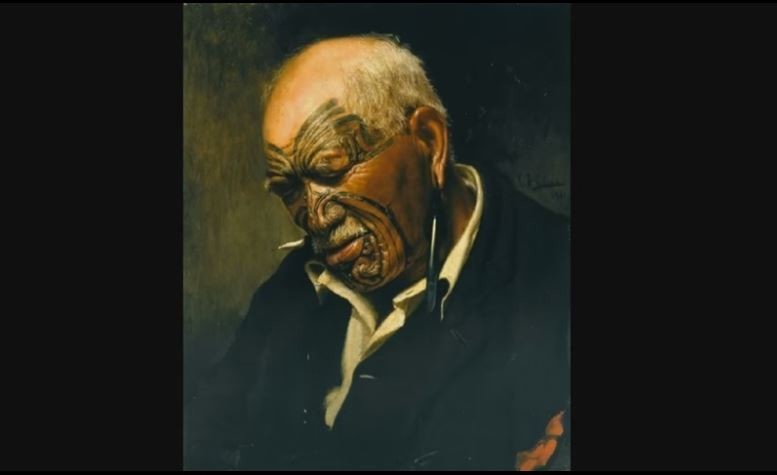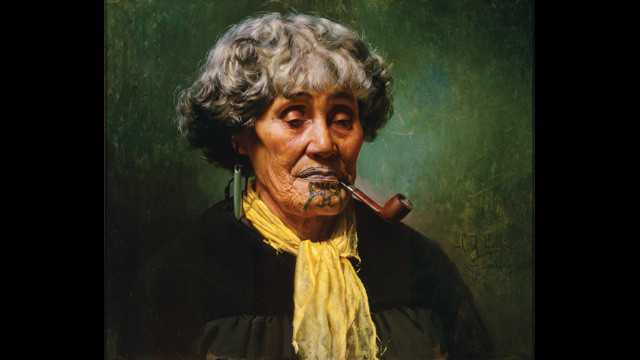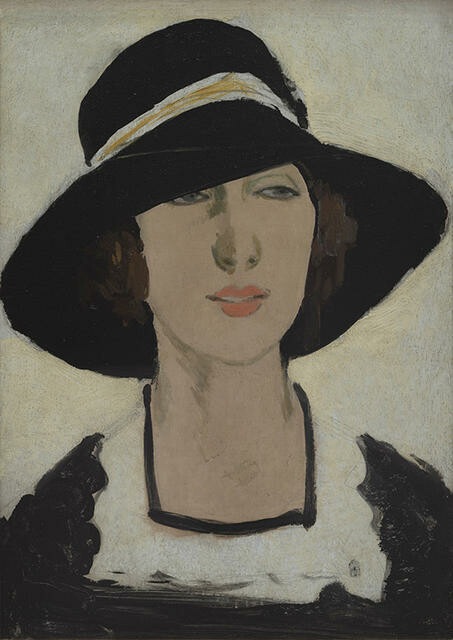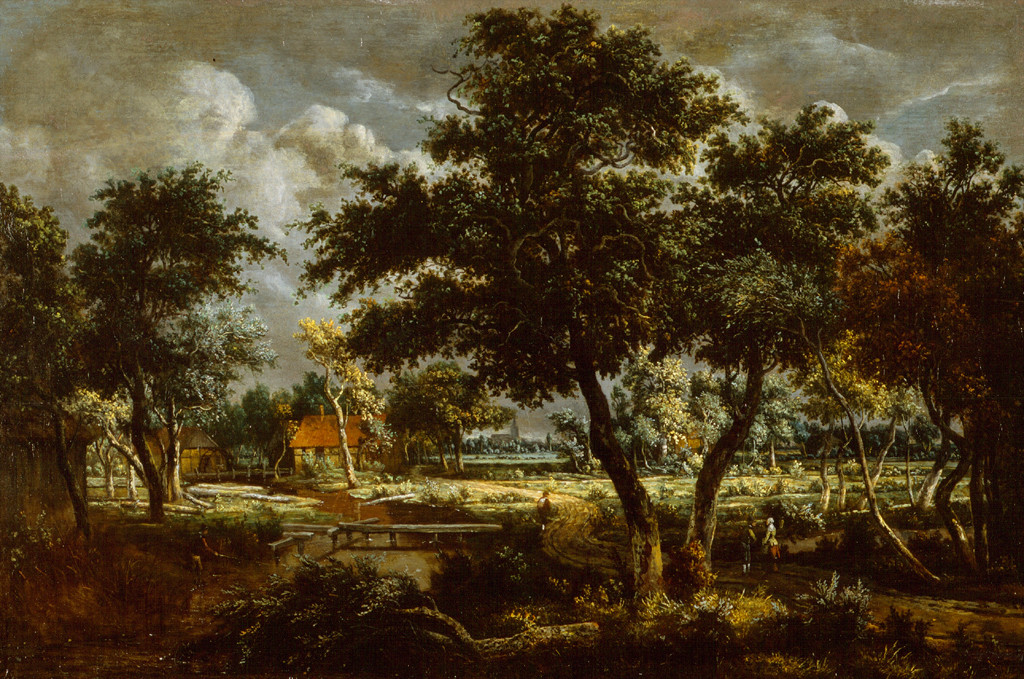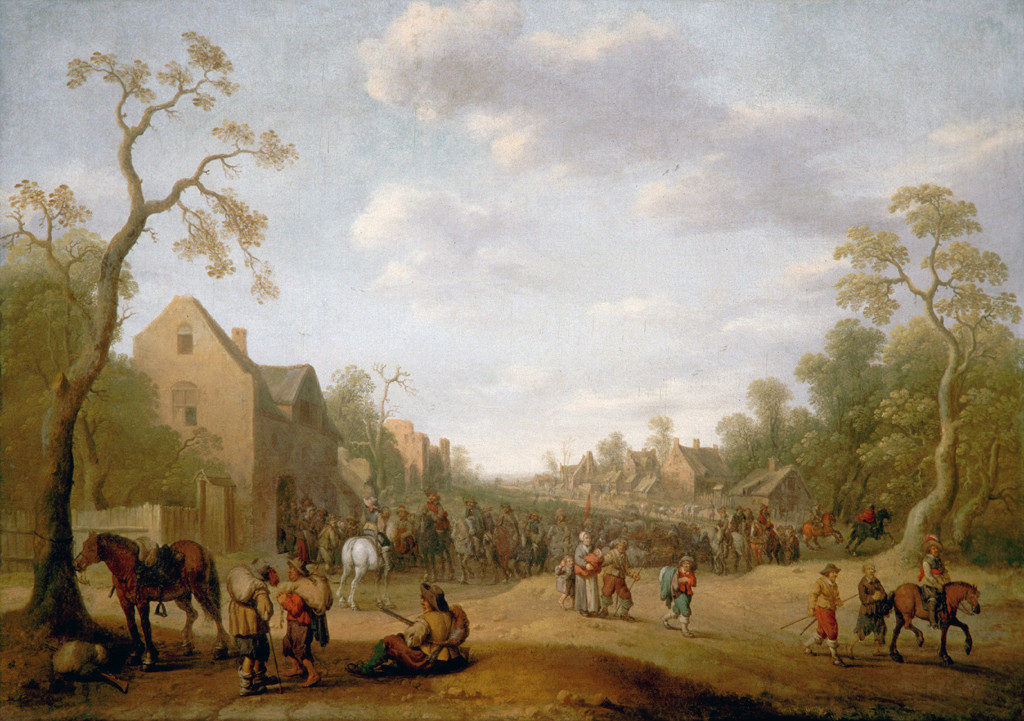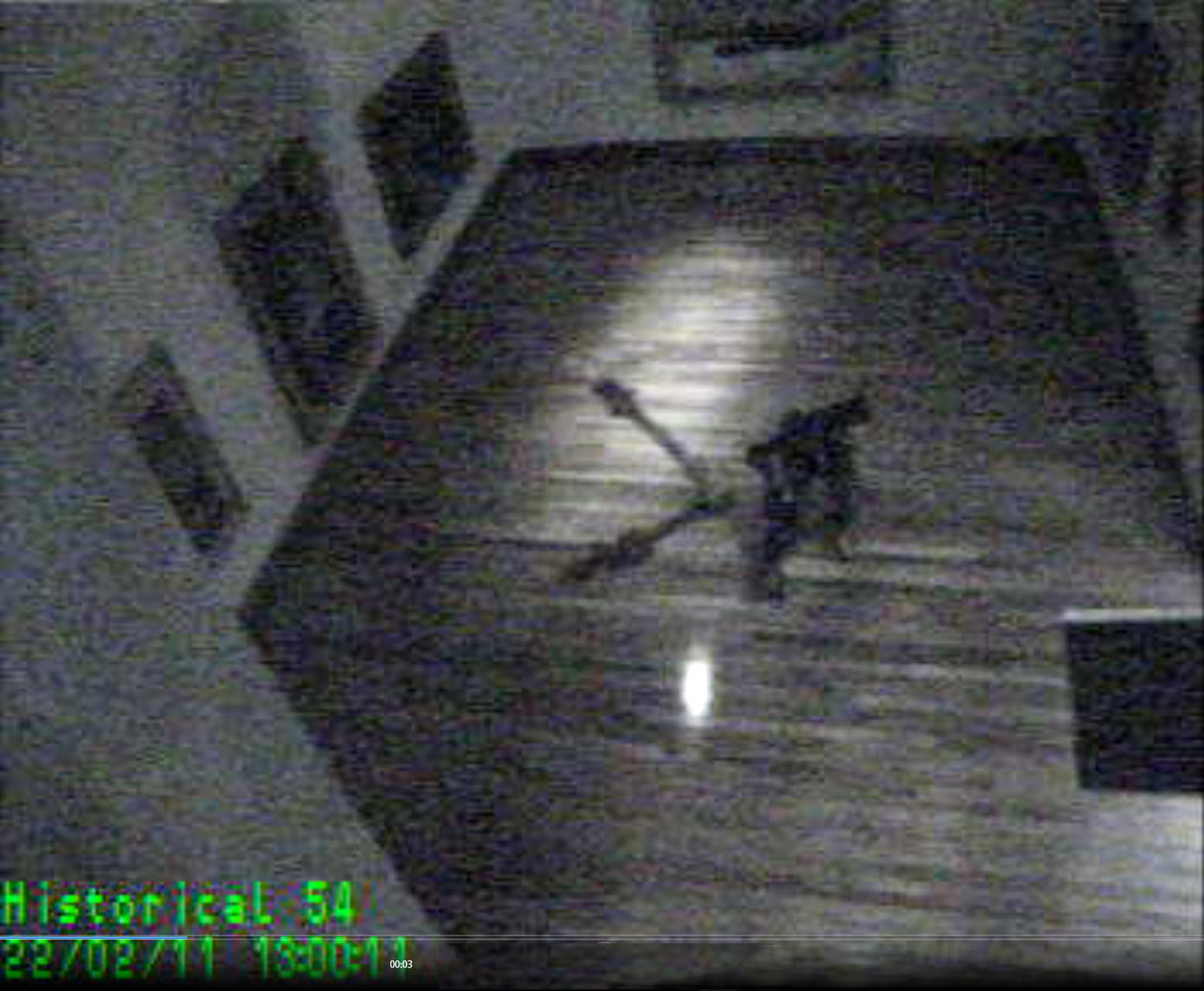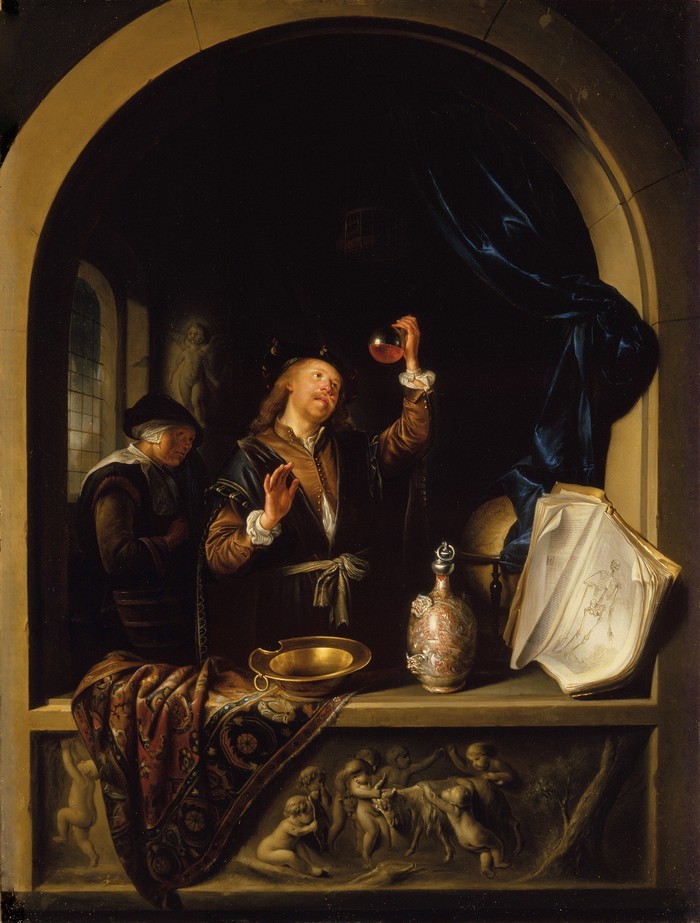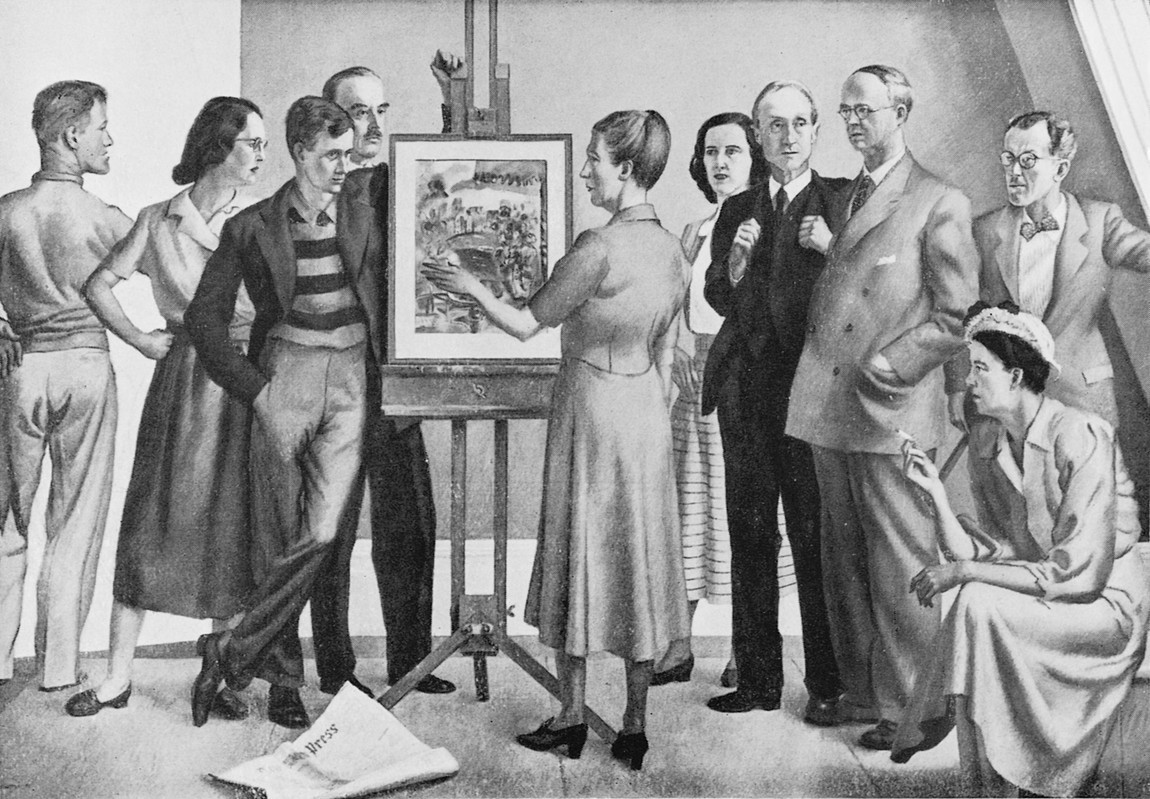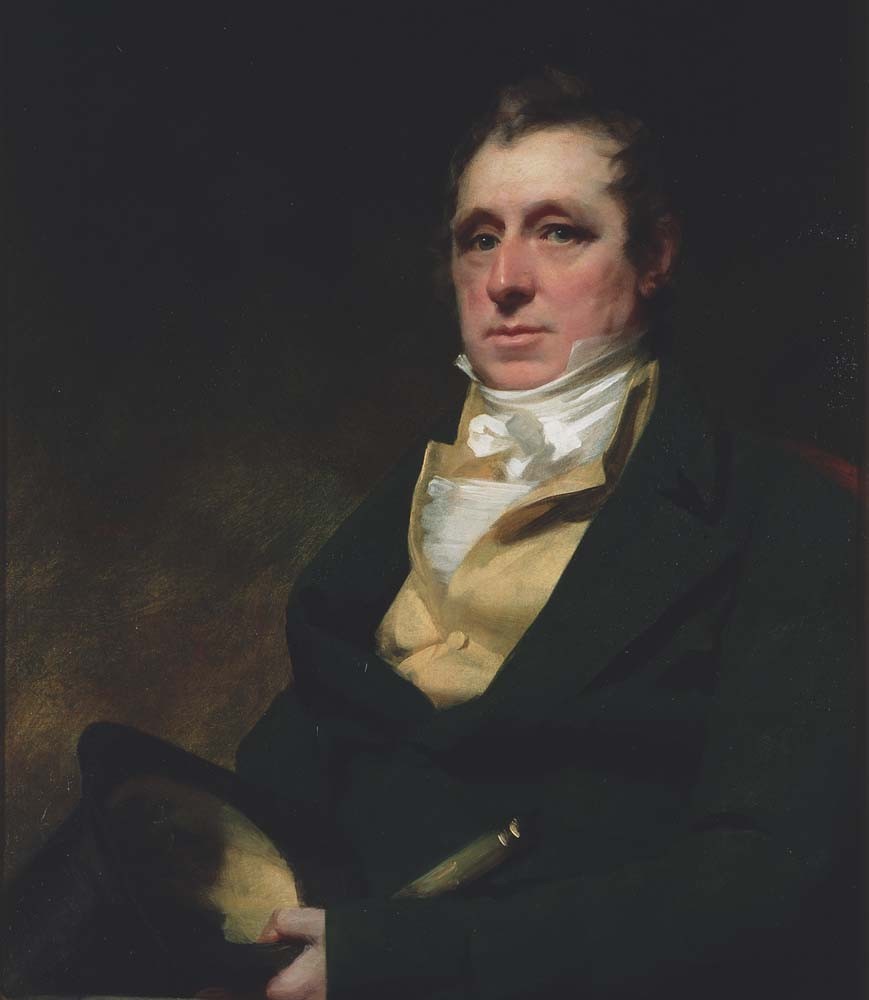Charles Frederick Goldie
Aotearoa New Zealand, b.1870, d.1947
Ina te Papatahi, a Ngāpuhi Chieftainess (Te Ngahengahe, Ngāpuhi)
- 1902
- Oil on canvas
- Presented by the family of James Jamieson 1932
- 853 x 955mm
- 69/78
Tags: chieftains, earrings (jewelry), elderly, green (color), jades (objects), jewelry, koru (pattern), Māori (culture or style), moko, people (agents), pipes (smoking equipment), portraits, scarves (costume accessories), spirals (geometric figures), tattoos, women (female humans), yellow (color)
Ina te Papatahi lived at the Waipapa Māori hostel in Mechanics Bay, Tāmakimakaurau / Auckland, not far from Charles Goldie’s Hobson Street studio. She sat for him many times, the first time in 1902. The niece of prominent Ngāpuhi rangatira (chiefs) Eruera Maihi Patuone and Tāmati Waka Nene, both signatories of the 1840 Treaty of Waitangi, she was well-connected and introduced Goldie to many other Māori who agreed to sit for him. Ina te Papatahi was later remembered by Goldie’s friend, the writer and historian James Cowan, for her “very likeable nature”, “keen sense of humour” and the “great interest [she took] in the painting of her portrait”.
(Te Wheke, 2020)
Exhibition History
He Waka Eke Noa, 18 February 2017 – 18 February 2018
Ina Te Papatahi (Te Ngahengahe, Ngāpuhi) was a niece of the prominent Ngāpuhi chiefs Eruera Maihi Patuone and Tāmati Waka Nene, both early signatories of the Treaty of Waitangi in 1840. Ina Te Papatahi lived at the Waipapa Māori hostel in Mechanic’s Bay, Auckland, not far from Charles Goldie’s Hobson Street studio. She sat for him many times and introduced him to many of his other Māori sitters. This likeness belongs to the period when Goldie started painting portraits of elderly Māori with moko, as both memorable subjects and “noble relics of a noble race”. It also reflects the impact of his four and a half years studying in Paris from 1893, where influences included the seventeenth-century Dutch painter Rembrandt van Rijn, whose portraits he studied and several times copied.
Treasury: A Generous Legacy, 18 December 2015 – 27 November 2016
Ina Te Papatahi lived in Auckland at the Waipapa Māori hostel in Mechanic’s Bay, a short walk from Charles Goldie’s Hobson Street studio. She became one of his favourite models, and evidently introduced him to other important sitters.
Goldie sent this portrait to show at the Canterbury Society of Arts annual exhibition in 1903, where it was purchased by the local construction company manager and art collector James Jamieson. Following Jamieson’s death in 1927, this portrait and many other paintings from his collection were presented to become part of the Robert McDougall Art Gallery's founding collection.
Ina Te Papatahi was one of Charles Goldie’s favourite models and this is one of his earliest portraits of her. Goldie specialised in painting realistic portraits of Māori. He sought out elderly subjects, particularly those wearing traditional moko (facial tattoo). With thin glazes of oil paint on finely grained canvas, and using fine brushes, Goldie shows great skill in depicting the wrinkled skin, the hair and the gauzy thinness of Ina Te Papatahi’s yellow scarf.
Born in Auckland, Goldie was the son of a prosperous timber merchant. He began exhibiting at the Auckland Society of Arts when he was 15 and still at school. He studied with the professional painter Louis J. Steele in Auckland before leaving for Paris to study at the Académie Julian. On his return to Auckland in 1898 he began to specialise in Māori portraits. In 1920 Goldie went to Sydney but alcoholism and ill health prompted his return to New Zealand in 1922. (Label date unknown)
Charles Frederick Goldie specialised in painting realistic portraits of Maori. He sought out the elderly subjects who still wore the traditional tattoo or moko. Often his subjects were depicted in passive, almost melancholic poses, a manner that often belied their true spirit.
The subject of this portrait, Ena te Papatahi, was a Ngapuhi chieftainess from the Hokianga, and was the niece of Tamati Waka Nene. When she was widowed in 1866 Ena moved to Auckland where she lived in the Orakei Valley caring for the ailing chief Eru Patuone.
After 1900 she lived at the Auckland Maori Hostel with her cousin Harata Rewiri Tarapata and became a familiar identity around the city. Goldie first painted her in 1902, the year of this portrait, which is one of his earliest studies of her.
Over the years, up until her death in around 1910, Ena te Papatahi became one of his favourite models and the subject of around seventeen paintings. Early reproductions of this work made it a familiar image to a generation of New Zealanders. (Label date unknown)
